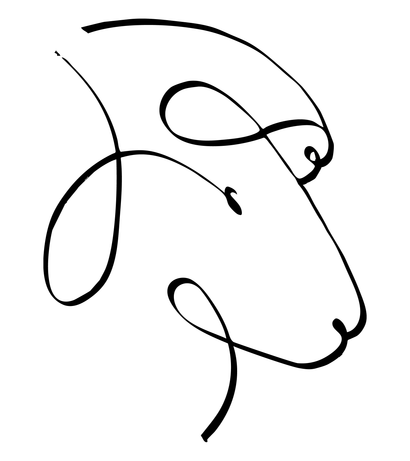Free shipping on all domestic orders over $150
Free shipping on all domestic orders over $150
Shop
Add description, images, menus and links to your mega menu
A column with no settings can be used as a spacer
Link to your collections, sales and even external links
Add up to five columns
Add description, images, menus and links to your mega menu
A column with no settings can be used as a spacer
Link to your collections, sales and even external links
Add up to five columns

Knitting success- step by step
March 29, 2021 3 min read 3 Comments
We’ve been hard at work here at the shop. We had several huge shipments of yarn arrive kind of all at once, and finding just the right place for every skein has been a challenge - it’s not that we don’t have the room, it’s that we want it to look beautiful and be inspiring. It takes a lot of time, but we’ve been chipping away at it, and it’s finally in a state I’m proud of. It’s a nice feeling.
Good things do take time, as any knitter knows. There are lots of steps along the way, and a significant amount of uncertainty that goes with any project. Uncertainty. A euphemism for that age old emotion, fear. Any time we start on a big project, we worry about failure. Whether it’s knitting a sweater, or a less tangible project like tackling a wellness goal..
Sometimes the fear is enough to stop us from ever starting. If we don’t begin, we can’t mess up, and we will never fail. But mistakes are the badges of honor earned by those who try. Those who show up. Those who dare.
I’m not advocating reckless behavior, and mistakes can be very painful, certainly, but we learn from our mistakes, and growth happens just outside our comfort zone. The most productive approach, I believe, is stretching ourselves a little bit each time, setting achievable interim goals, and celebrating every success along our journey.
As knitters, we’re constantly growing our skills. Even as long as the Crazy for Ewe team has been knitting, we still dare, and we still learn. Not jumping off a cliff kind of daring, but bite sized bits on smaller projects. We’re not designing a cabled coat in 6 sizes - but rather just a hat a month. The Hat Club pattern process has been a perfect growth environment.- a small project with a vision, and a hard deadline.
Similarly, you are likely growing your skills in making garments. As with our little hat design exercise, it’s best to start small and learn the basics. Things like doing a proper swatch for a garment, choosing a size, learning simple construction techniques - and the dreaded seaming. I also recommend doing it at a gauge that doesn’t take forever in a yarn that’s not too fussy.
With some confidence built, move on to garments with a little more going on. Maybe something with a simple sleeve for a different seaming technique, perhaps some shoulder shaping and a neckline detail
When we’ve mastered the various seaming methods, we go to something with a set-in sleeve, or maybe a cardigan with a button band or a shawl collar. Perhaps something at a finer gauge, maybe with a stitch pattern.
You see how the skills build on one another? Each step gives us the opportunity for that interim success and sets us up for the next challenge.
But what if the sweater we want is a project or two away from our skill level? We could dive in anyway, knowing that we’ll make mistakes and our first try might not look like we want. That’s one approach, but I don’t recommend it. I’ve taken that route many times myself, and it’s disheartening and expensive. Much better to start smaller, and grow into the dream project. Set those interim goals, achieve them well, and celebrate every step.
What do you think? Would love to hear your thoughts. Tell me in the comments.
Warmly,
~Ellen
If you liked this post, please share3 Responses
Robin
March 30, 2021
Linda, you just did the hardest part, admitting where you need help and asking. If you can knit and purl, the rest can be learned and practiced. Woo Hoo to you. Also, don’t be afraid of socks, the hardest part is making the second one (unless you do them both at the same time). Know that people are pulling for you and you CAN do it. Just enjoy the journey. It’s always okay to ask for help and every question is a great one. Someone else has the same one but doesn’t want to speak up.
Linda Horger
March 30, 2021
Hi! Does this mean there is such a thing as a class to learn how to read and interpret instructions? And then learn how to actually perform the stitches? I can knit, purl, but after that i guess at how to add and subtract. I can make a sweater, but it isnt done correctly when moving to sleeve and neck. I am afraid of socks, too. Linda


Morgan McKay
March 30, 2021
I am working toward building my skill to start my first sweater. I am knitting my first swatch in anticipation of doing a custom fit. Morgan